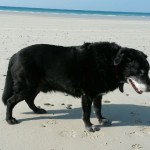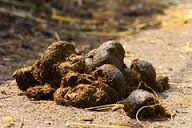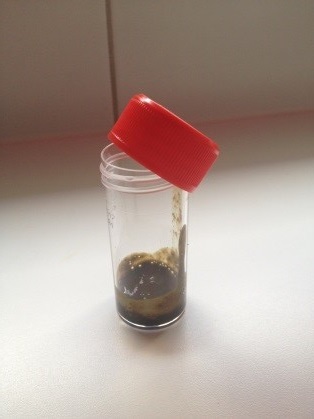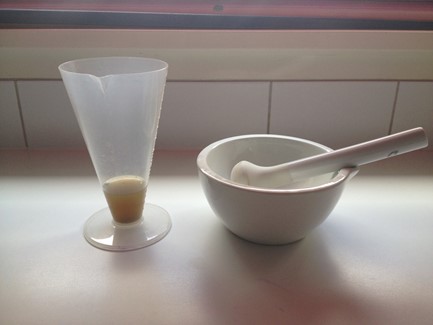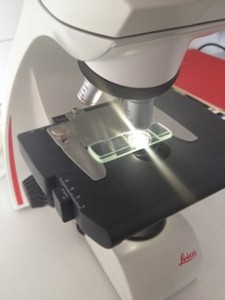|

The brachycephalic breeds are experiencing a major population boom : These are races that appeal to their particular appearance and character.
Genetic selection has led individuals increasingly typed, with an accentuation of their morphological characteristics.
Unfortunately, these anatomical and morphological differences result in symptoms that are grouped under the name "brachycephalic syndrome".
What are the peculiarities of these brachycephalic breeds ?
These dogs have several anatomical changes and peculiarities :
– Closer nostrils than normal : they are said stenotic.
– A lengthening and thickening of the soft palate (the rear part of the palate between the oral cavity of the nasopharynx)
– Eversion cartilage that form the larynx
– A collapse of the trachea
– A narrowing of pylorus (junction between the stomach and small intestine)
– A esophagus and stomach often inflammatory.
All these anatomical and morphological features is causing more or less disabling disorders in animals.
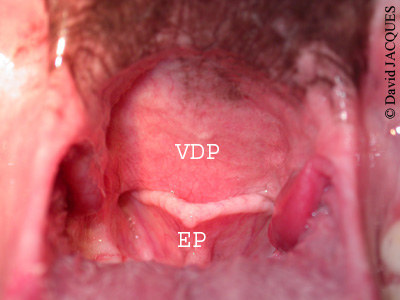
In this photo of the groove bottom of the brachycephalic dog, we note the presence of a velum (VDP) very long, the free edge (caudal end of the soft palate) extends far back from the edge of the epiglottis (EP) and prevents proper flow of air to the trachea.
What are the symptoms ?
Symptoms are mainly respiratory order : snoring, fast and noisy breathing, exercise intolerance or heat (shortness of breath), difficulty breathing or fainting in the most serious cases.

These respiratory disorders are frequently associated with digestive disorders : vomiting of food or foam, regurgitations…
Because of the efforts that the dog must provide to breathe, his heart is very busy. The heart constantly tries to fill respiratory failure.
A long terme, dogs can thus have a right heart failure.
If we do not treat dogs that suffer from this syndrome, their life expectancy is greatly reduced.
Aggravating factors
The heat, humidity, the stress, l’effort, excitement are factors that aggravate breathing difficulties.
Beware of the summer ! Keep your dogs cool as possible and avoid over-stretching in the effort. Better to wander the early morning or late evening when it is cooler.

Some diseases can, also, increase symptoms : if the animal has a fever, if he suffers from respiratory infection or a neuromuscular disease, related disorders brachycephalic syndrome are amplified.
How to treat ?
In an emergency, during acute attack, the animal is hospitalized and can be placed under oxygen. The veterinarian administers a treatment that reduces edema (swelling) airway and allow the air to the lungs.
In chronic disorders, the dog's health can be improved through medication and compliance with certain instructions : avoid stress, hot weather, the efforts, the excitation and any overweight.
But to get a good long-term improvement of symptoms, surgical treatment is necessary. It is the treatment with which the best results are obtained.
The surgery to be performed varies from dog to dog and each case is reviewed individually : a thorough medical examination of the animal is made to find out what can be corrected by surgery.
The vet explores why the respiratory and the dog's digestive apparatus (endoscopically including).
Several types of transactions allow an improvement in symptoms :
– La rhinoplastie, which corresponds to an expansion of the nostrils,
– The palatoplastie, which shortens a soft palate too long,
– The laryngeal surgeries that allow a better opening of the larynx and easier passage of air into the trachea.
A dog may need one or more of these interventions : correcting the set of these abnormalities is required to obtain a significant improvement.
After surgery, good regression or complete disappearance of respiratory disorders and possible gastrointestinal symptoms is obtained.
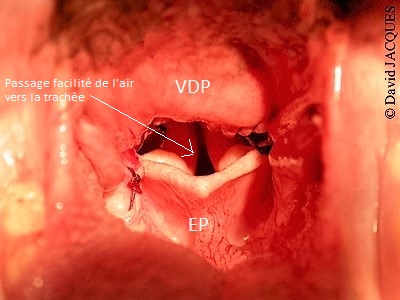
Photography dog postoperative the previous photo :
the soft palate (VDP) was shortened and its free edge comes over to cover the edge of the epiglottis (EP). The passage of air into the trachea can now be done properly and the dog breathing normally.
Note that most surgical correction of the various anomalies encountered in brachycephalic is early, the better the results.
So do not wait !
§
If you find that your pet snores much, it is quickly out of breath, his noisy breathing, report it to your vet.
It is important to know the particularities of brachycephalic breeds and measure the impact these characteristics have on their health.
If you buy a puppy, remember to inquire about the parents' health condition and question the seller also on possible problems that could have the puppy. Ensure your future mate you seem fit, he was not too noisy breathing and it is not out of breath for no apparent reason.
Better to focus the health of your pet rather than aesthetics…
|

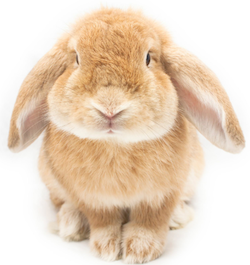 The causative virus is highly resistant in the environment (4 months in the droppings contaminated by a sick rabbit!)
The causative virus is highly resistant in the environment (4 months in the droppings contaminated by a sick rabbit!)
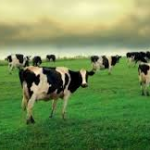
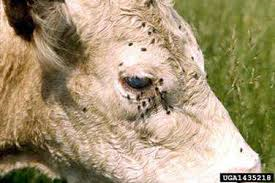
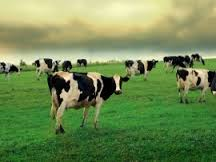 The multiplication of cycles strongyles causes lesions of the digestive tract including the abomasum. This results in reduced appetite, decreased grazing time, which impacts milk production and growth of youth.
The multiplication of cycles strongyles causes lesions of the digestive tract including the abomasum. This results in reduced appetite, decreased grazing time, which impacts milk production and growth of youth.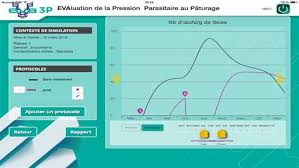 welfare of animals.
welfare of animals. 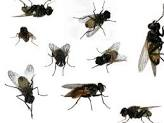 We also remind you that prevention on-fly infestation through
We also remind you that prevention on-fly infestation through 





